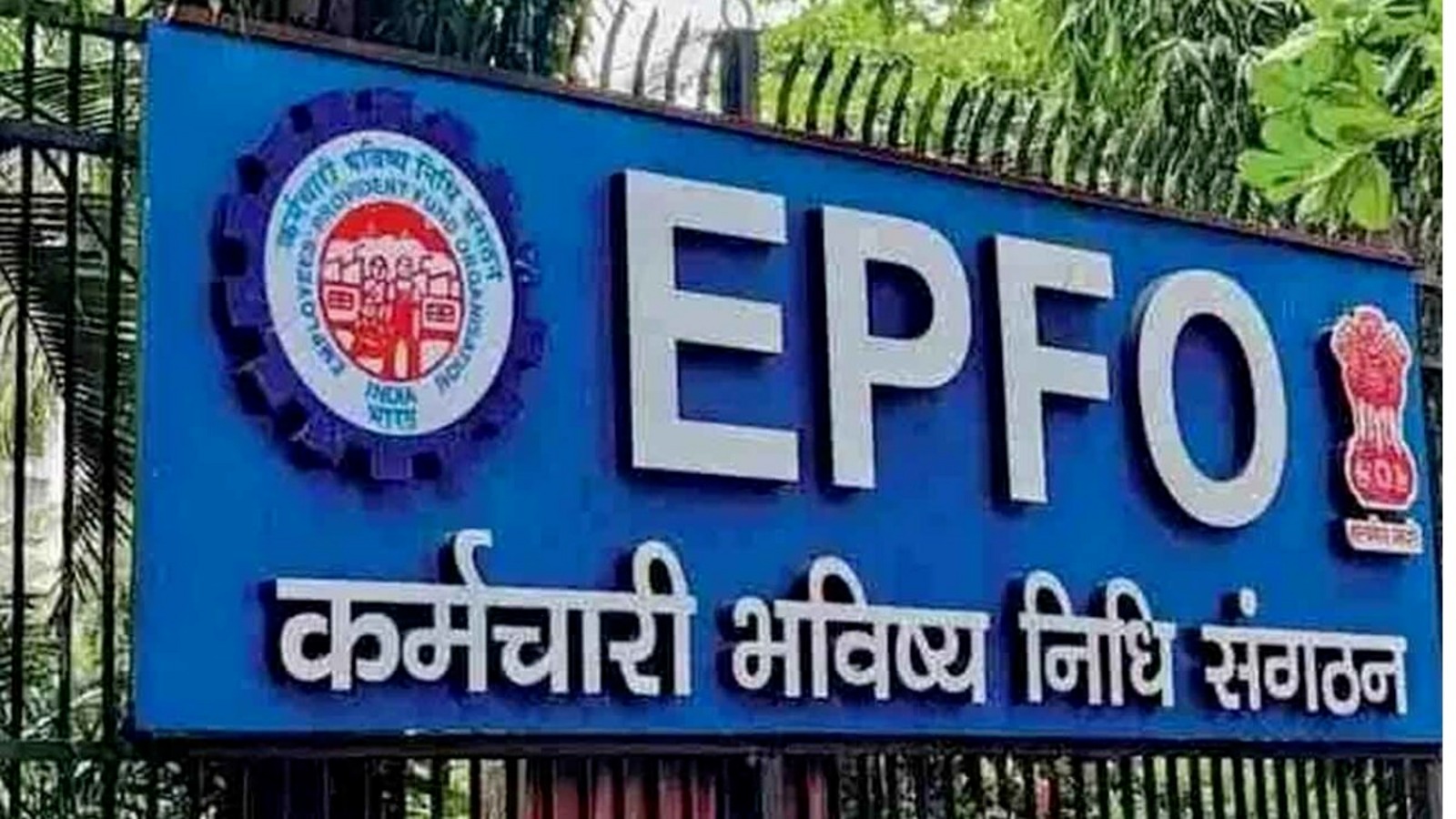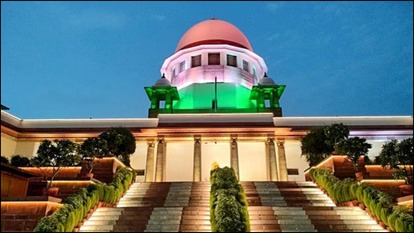D. G. Gatne, J.@mdashA point of some importance is raised in this second appeal and the point is when should a mortgage debt be deemed to be barred by limitation for the purpose of making an application under the provisions of section 4 of the Bombay Agricultural Debtors Relief Act.
2. The point arises in this way. 12 gunthas out of Survey No. 339 and 1 acre and 15 gunthas out of Survey No. 341 of Takali in District Kolhapur belonged to one Dattu Sakharam Patil, the father of plaintiffs Nos. 1 and 2, and he transferred the same to one Ananda Patil, the father of defendant No. 1, on June 2, 1917 under a registered deed as per Exh. 42 for a sum of Rs. 500. The deed purported to be a conditional sale deed and contained a provision that the vendor would pay the principal amount of Rs. 50G at any time after five years and before the expiry of 15 years from the date of the deed and would redeem and get back the lands. The lands were accordingly put in possession of the vendor and remained in his possession till 1958 when Dattu Sakharam died. The plaintiffs, who happen to be his sons, filed the suit for redemption in the Court below on March 26, 1959, alleging that the transfer evidenced by the conditional sale deed of 1917 was in fact a mortgage and they were entitled to redeem the lands even after the stipulated period of 15 years. They further alleged that they and their father Dattu Sakharam were both debtors having debts not exceeding Rs. 15,000 and since an application for the adjustment of his mortgage debt was not made within the time prescribed by law, the debt evidenced by this mortgage was extinguished u/s 15 of the Bombay Agricultural Debtors Relief Act and they were, therefore, entitled to redeem the lands without making any payment to the defendants.
3. The defendants resisted the suit and denied that the transaction evidenced by the deed was in the nature of a mortgage. They further denied that the plaintiffs and their father were debtors under the Act and the debt evidenced by the alleged mortgage was extinguished for want of an application made u/s 4 of the Bombay Agricultural Debtors Relief Act. Their final contention was that in any case they had acquired title to the lands by adverse possession.
4. All these contentions of the defendants have been negatived by both the Courts below. Both the Courts below have held that the transaction evidenced by the deed at Exh. 42 was in fact a mortgage and the plaintiffs were consequently entitled to redeem the lands. They have further held that the defendants'' plea of adverse possession was untenable and the plaintiffs were entitled to redeem the lands without making any payment, because the debt was extinguished u/s 15(1) of the Bombay Agricultural Debtors Relief Act.
5. These findings were not challenged before me by Mr. Phadnis, appearing on behalf of the appellants (original defendants). His only contention was that the Courts below were in error in holding that the debt due under this mortgage was extinguished on the ground that no application for its adjustment was made by any of the parties u/s 4 of the Bombay Agricultural Debtors Relief Act. His argument was that the mortgage of 1917 stipulated a period of 15 years for redemption and hence if the mortgagee wanted to recover his mortgage amount, a suit for its recovery u/s 68 (1) (a) of the Transfer of Property Act could only be instituted within six years thereafter and that period expired by about 1938 and after 1938 the mortgagee had no right to recover the money due under the mortgage. It was further emphasised that even if the mortgagee wanted a decree for foreclosure, a suit in that behalf was governed by Article 132 of the Indian Limitation Act and that period again expired by about 1944 and after 1944 the mortgagee could neither recover the money nor enforce the security and obtain a decree for foreclosure. The argument, therefore, was that the rights of the mortgagee thus being barred by limitation, the debt due under the mortgage must be deemed to have been barred by limitation and in respect of such a time-barred debt, no application u/s 4 of the Bombay Agricultural Debtors Relief Act could be made. In support of these submissions, reliance was sought Ito be placed on the observations of Chagla C. J., in
6. The question in these circumstances is whether the debt due under the mortgage of June 2, 1917 could be said to have been barred by limitation in October 1949 when an application for the adjustment of this debt was required to be made. Now, when a debt is a simple money debt, the question when it becomes time-barred is very easy to decide, in a case of a hand loan or promissory note or e\\en of a bond the only remedy for the recovery of the debt is a suit by a creditor and once the time prescribed by limitation for the institution of such a suit has expired, the debt automatically becomes time-barred. Although the debt exists and the remedy alone is extinguished, the debt ceases to be a debt due from the debtor and hence after the expiry of that period, a debtor is under no obligation to make an application for adjustment of such a time-barred debt, because he need not apprehend that in the event of his failure to make an application, the creditor would in a regular proceeding recover the debt from him. But the position is different when a debt is secured by a mortgage. In a case of that kind if the debtor-mortgagor has certain remedies, the creditor-mortgagee also has certain remedies. The remedies available to the mortgagee are two-fold. He can either sue for the mortgage money within a period of six years from the date when the money becomes payable, or in the case of a mortgage by conditional sale, he can file a suit for foreclosure u/s 67 of the Transfer of Property Act within a period of 12 years. It must be conceded that in the present case the period prescribed for filing both these suits has already expired. The limitation for the purpose of recovery of the money expired in 1938 and the limitation for a suit for foreclosure expired in 1944. Therefore, the mortgagee could not enforce any of these two remedies, but we must not forget that the mortgagee is also entitled to hold the mortgage security until the mortgage debt is paid by the mortgagors. Therefore, although the mortgagee may not have filed a suit for money or a suit for foreclosure, he still has the right to hold the mortgaged property as a security till his debt is paid and that right continued to exist in this case even in October 1949.
7. Once this position is realised, it is easy to visualise what would happen if the mortgagors were to file a suit for redemption against the mortgagee. Limitation for a suit for redemption being 60 years, u suit for redemption could very well be filed by the present plaintiffs in October 1949, but if they were to file such a suit in October 1949, they would meet with a reply from the mortgagee that unless his mortgage money was paid, the lands could not be redeemed. Therefore, the mortgagors-plaintiffs would have no other alternative but to tender the mortgage amount before claiming a decree for redemption. In other words, even in October 1949 the liability to pay the mortgage debt could not be avoided by the mortgagors. If the mortgagee was still entitled to claim the mortgage amount in a suit filed by the mortgagors u/s 60 of the Transfer of Property Act, it could clearly be on the fooling that the mortgage money was legally recoverable and was still due from the mortgagors and if in October 1949 the mortgage money was still due from the mortgagors and the liability to pay the same to the mortgagee still existed, it is difficult to accept the contention that the mortgage debt was extinguished and there was no need to make an application for the adjustment of such a debt.
8. With respect, this aspect of the matter was not appreciated by the learned Judge, who decided the case reported in Vala Punja v. Puna Mavji. He was solely influenced by the fact that mortgagees'' rights to recover the money and to file a suit for foreclosure had come to an end when the application for the adjustment of the debt was made by the mortgagors. It appears that this aspect was brought to the notice of the learned Judge by the advocate appearing on behalf of the debtors, but the learned Judge declined to attach any weight to this aspect of the matter and to my mind this aspect of the matter is really the aspect that matters in a case of this kind. It is, therefore, not possible for me to accept the decision in the Gujarat case.
9. In the view I have taken before we can say that a mortgage debt is barred by limitation, two tests ought to be applied. The first is whether the mortgagee''s right to recover the debt and to enforce the security was or was not barred by limitation and the second is whether the mortgagor''s right to redeem the lands, was or was not barred by time. In the view of the learned Judge of the Gujarat High Court the right to redeem depended on the sweet-will of the mortgagor, but if it depends on the sweet-will of the mortgagor, it is only reasonable to assume that no mortgagor would fail to file a suit for redemption within the prescribed period and allow his land to be lost. Therefore, as long as the right to redeem subsists, the prospect of the mortgagor being required to pay the mortgage amount cannot be said to have come to an end and until the right to redeem also is lost by limitation, the debt evidenced by the mortgage must be deemed to subsist. If these two tests are applied in this case, the conclusion is. in my opinion, clear that the mortgage debt was not time-barred in October 1949 and the parties were, therefore, bound to make an application for the adjustment of this debt u/s 4 of the Bombay Agricultural Debtors Relief Act. The effect of their failure to do so is clearly the extinguishment of the debt u/s 15 (1). The Courts below were therefore, clearly right in holding that the plaintiffs were entitled to redeem without making any payment to the mortgagee.
10. In the result, the second appeal fails and is dismissed. No order as to costs.

